SPCA's Single Session Lesson Plans
We know that it is not always possible to complete one of our full unit plans, based on various factors that go into selecting learning contexts in schools. Here you will find a series of one-session lesson plans that can be used as part of the series of lessons you already have planned in relation to the relevant topics.
They are independent lessons that can be used whether or not you have used other resources from the Teachers’ Portal before with your students. All lessons begin with a brief overview that will provide the necessary animal welfare information to complete the lesson. If you have already used material from the Teachers’ Portal with your students, it may be suitable to exclude any animal welfare content that has already been covered in more depth.
The aim of these lesson plans is to allow teachers to incorporate animal welfare and responsible animal guardianship messages into a variety of learning contexts that they may already be covering.

Our Families
This lesson can be used as part of a getting to know you or our class community themed unit. This lesson gives students the opportunity to consider how animals fit into their family and make connections to other students based on whether they have animals in their families too.
Level: 1

.jpg)
Do Not Feed!
This lesson can be used in the lead up to Easter. It uses the context of Easter and Easter egg hunts to look at various foods that some animal species should not be fed, as chocolate is one food that is particularly toxic to some animals.
Level: 1

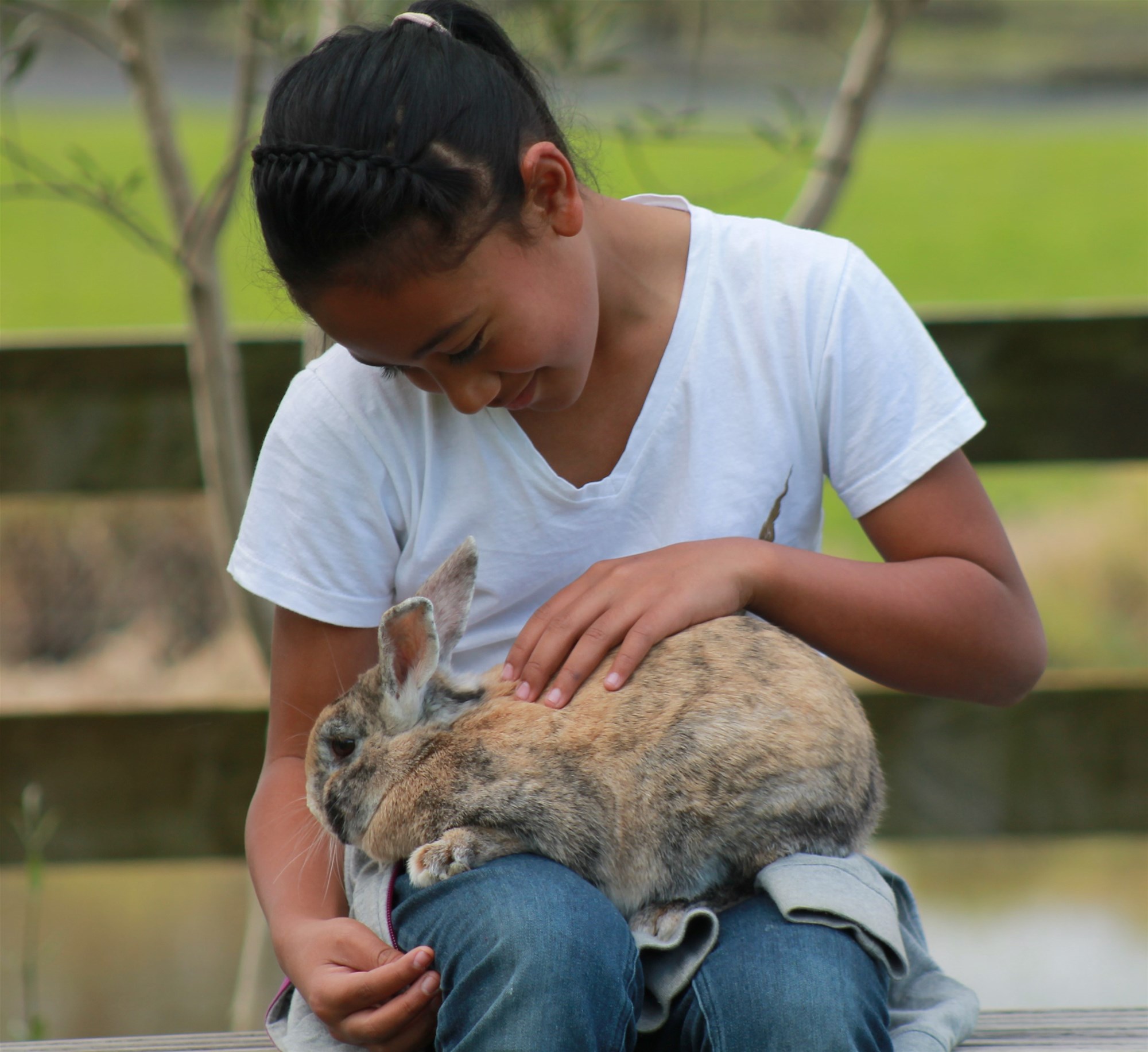
Animals and the School Values
This lesson is designed to be used by teachers to extend their students’ understanding of their school’s values, by exploring them through an animal welfare lens.
Levels: 1-2

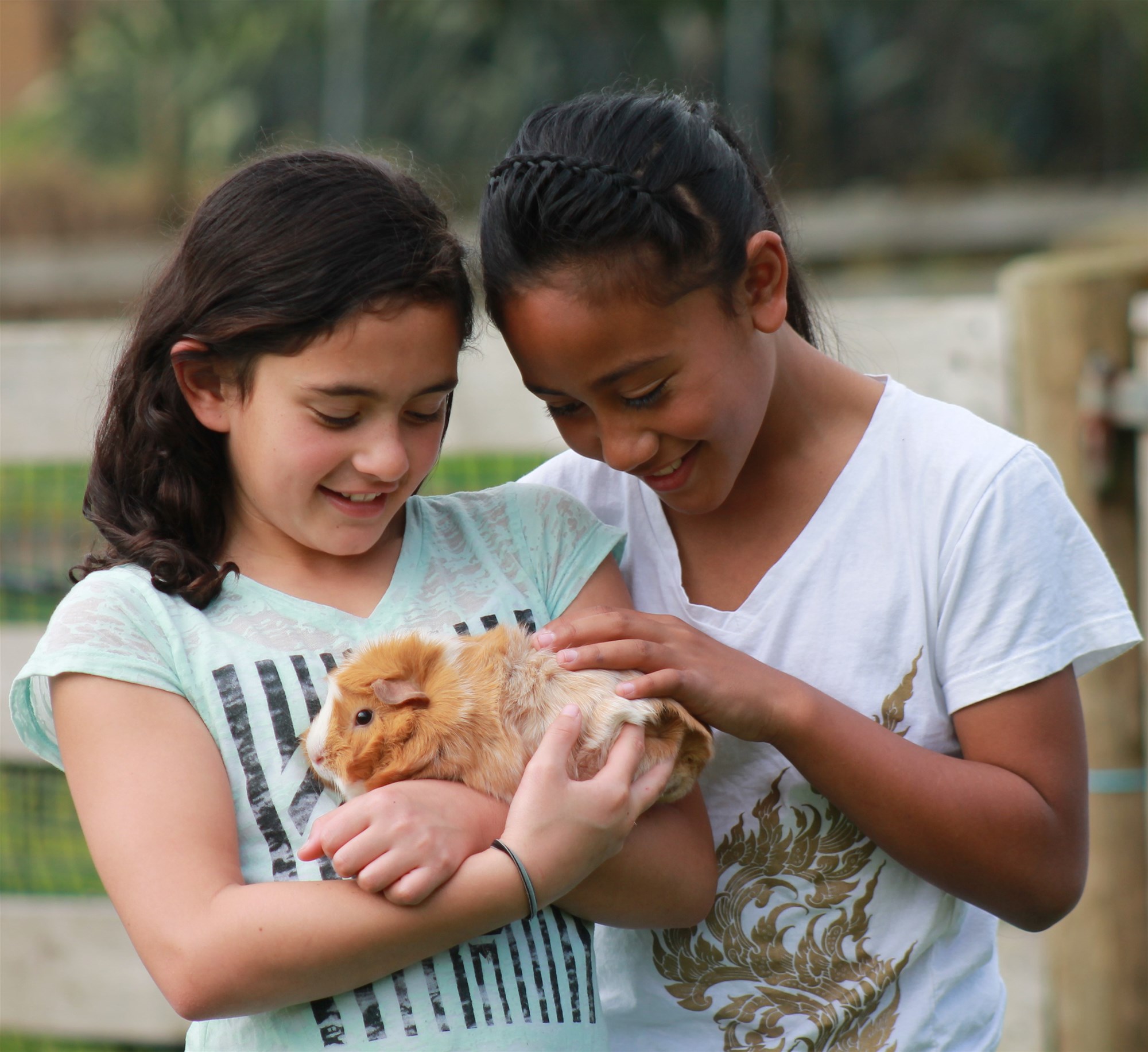
Showing Empathy and Compassion for Animals
This lesson can be used as part of a unit on bullying or in the lead up to Pink Shirt Day to help promote empathy and compassion using the context of animals. Developing a child’s ability to show empathy and compassion towards animals supports their development toward being able to show empathy and care to other people as well.
Levels: 1-2

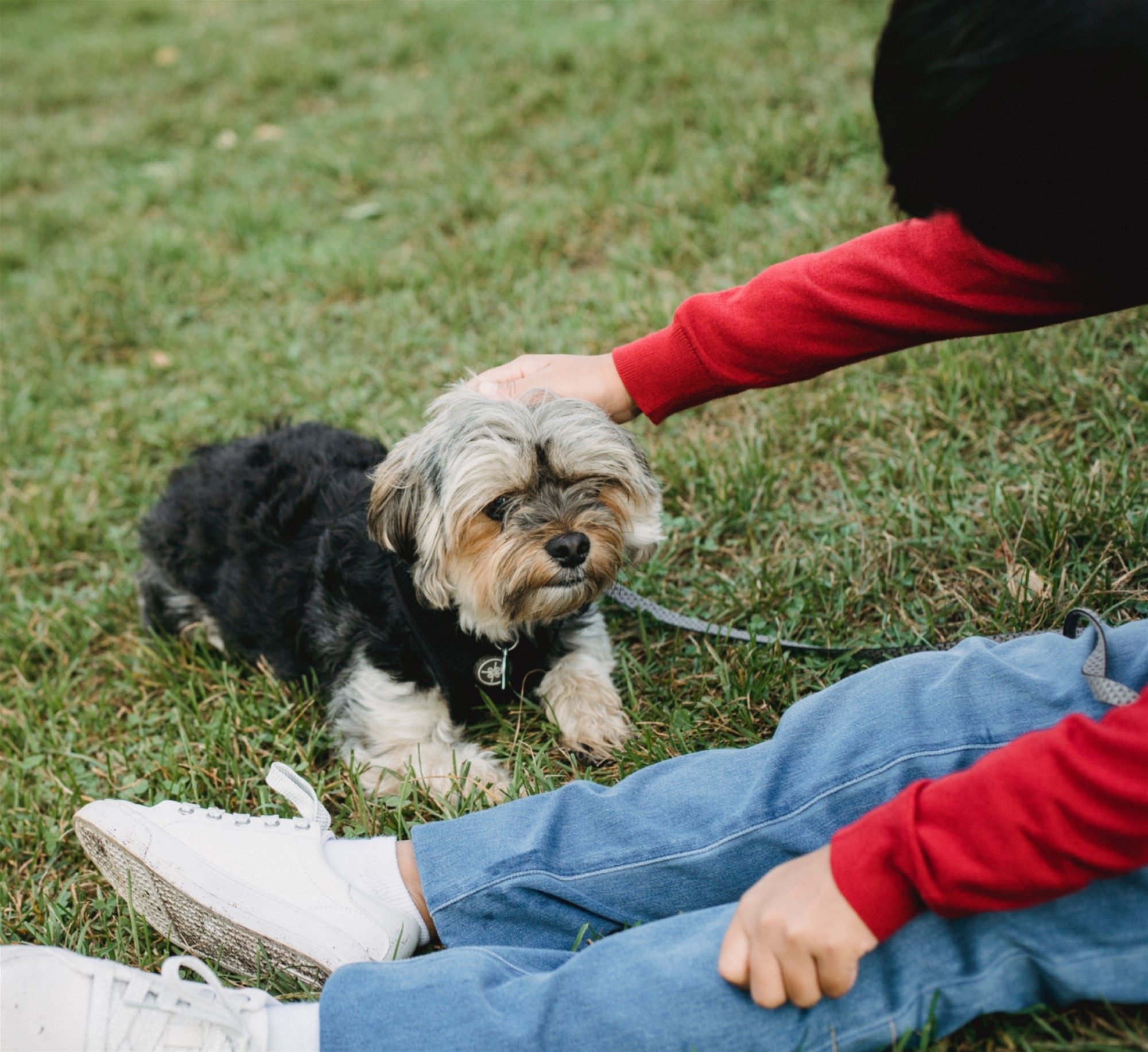
Keeping Ourselves Safe Around Animals
This lesson can be used as part of a unit on keeping ourselves and others around us safe. Behaving safely around animals contributes to their positive welfare because it can reduce the chance they will feel stressed, anxious or scared in response to unsafe behaviour.
Levels: 1-3

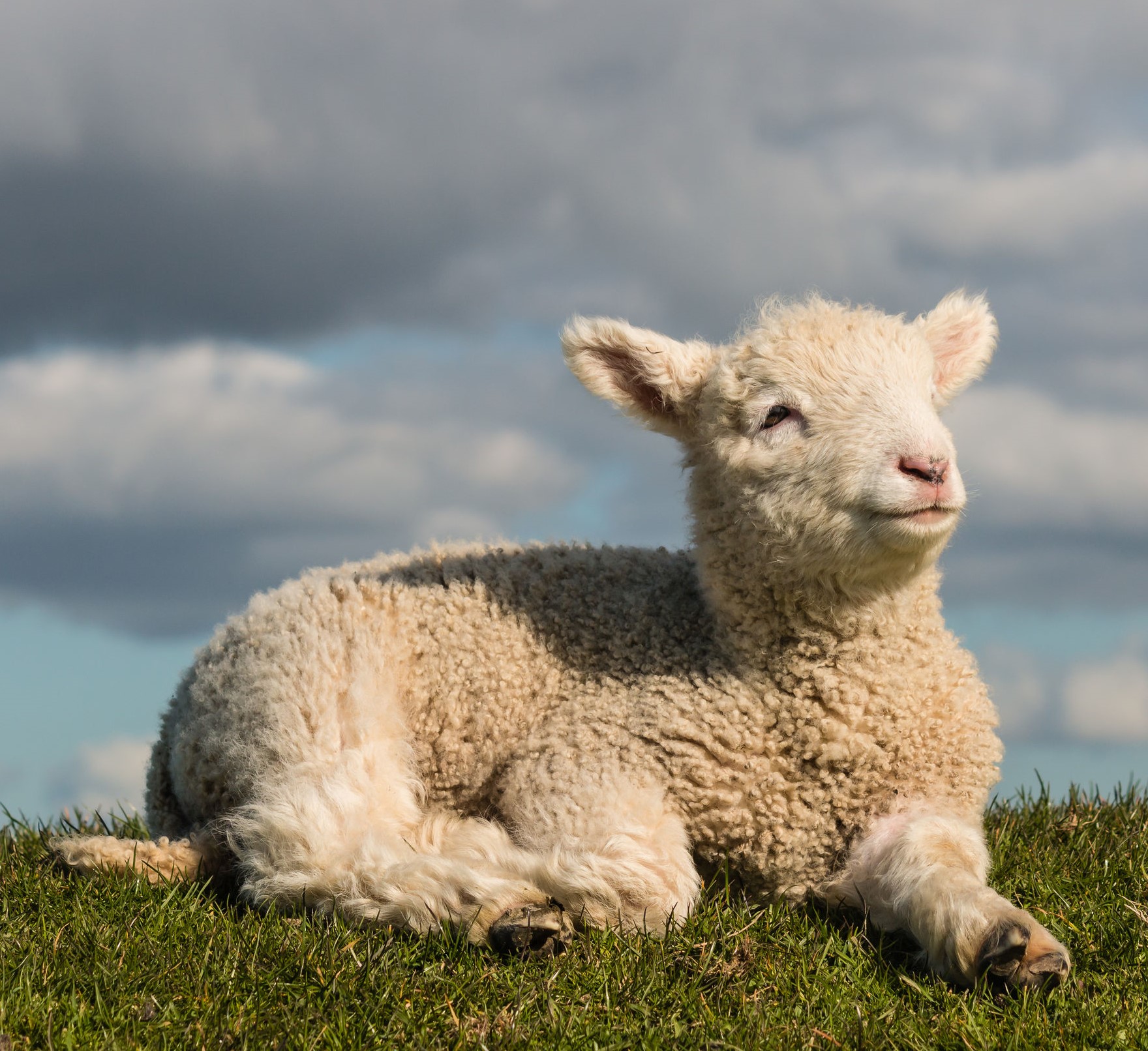
Agricultural Days and Animal Welfare
This lesson can be used in the lead up to the school’s Agriculture Day. It gives students the opportunity to consider how they can ensure the welfare of their animal is provided for on Agriculture Day.
Levels: 1-4

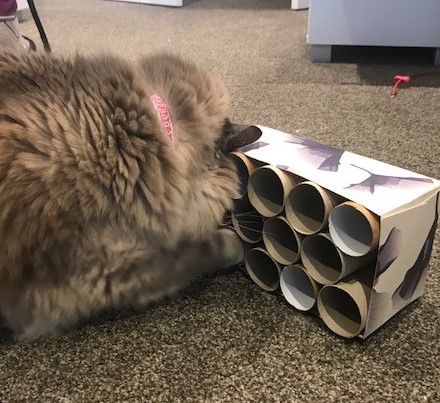
Puzzle Feeder Challenge
This lesson focuses on the key competencies that support the development of team building and social skills or during ‘discovery time’ or other similar ‘hands-on’ programmes that promote creativity and open ended problem solving.
Levels: 1-4



.jpg)
Animals and Natural Hazards
This lesson can be incorporated into your own existing unit plan on natural hazards or during lessons in preparation for the New Zealand ShakeOut. This lesson gives students the opportunity to consider how our emergency response plans and preparations must take animals into account, as well as people, and how this should be done.
Level: 2

.jpg)
Dog Walking Routes - Level 2
This lesson can be used as part of a mathematics unit on position and orientation. It uses the context of dog walking to practise interpreting maps and giving and following directions.
Level: 2

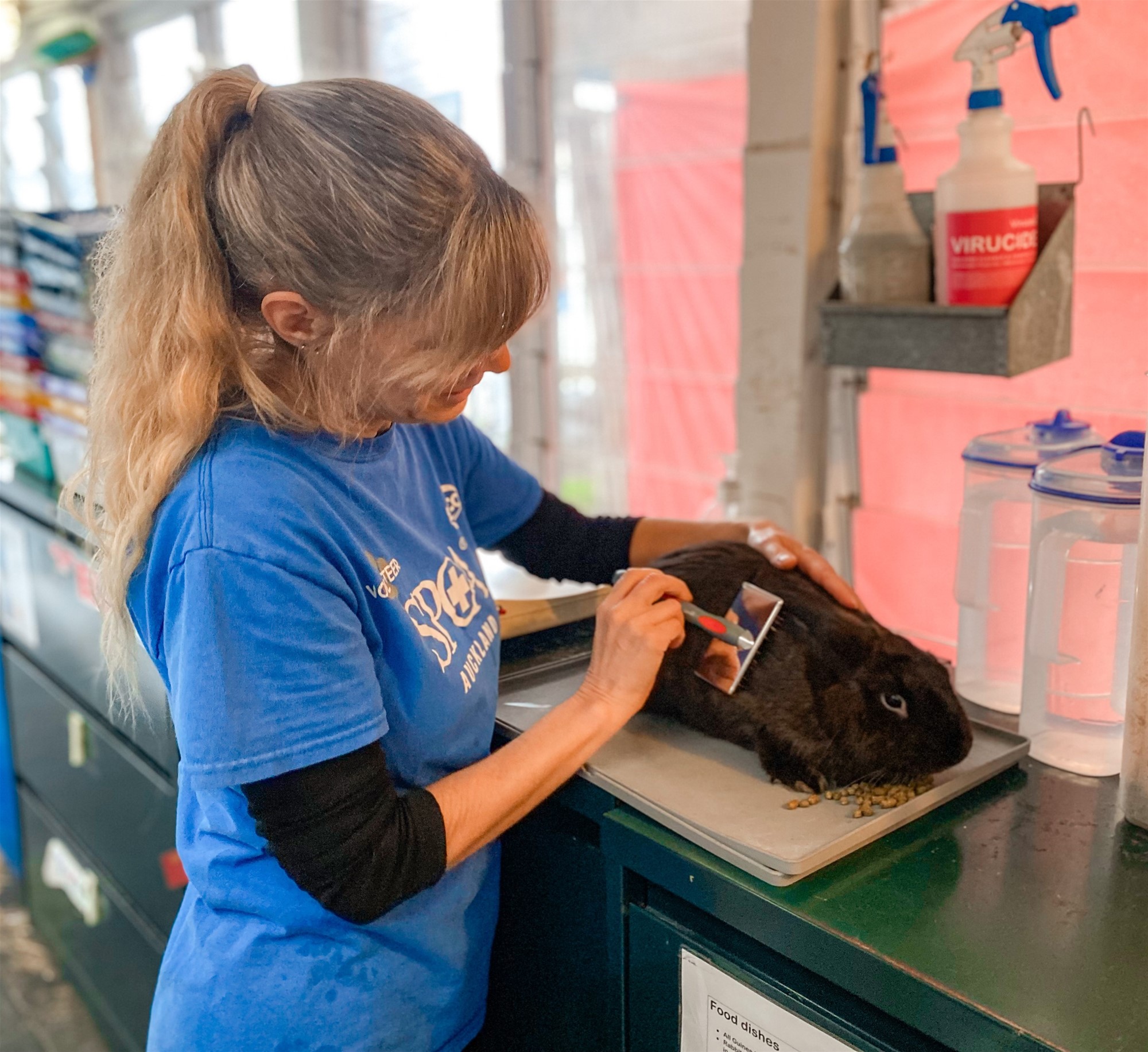
Community Heroes
This lesson can be used as part of a unit on community heroes or different roles people have in communities. It focuses on the work of those who volunteer for SPCA as one example of people making positive contributions in their communities and people who can be seen as community heroes.
Level: 2


Habitats and Wildlife Welfare
This lesson can be used as part of a science unit related to habitats. It is written to be used as part of a unit on habitats in general, rather than a specific type of habitat, and uses freshwater habitats as the context to provide an example.
Levels: 2-3

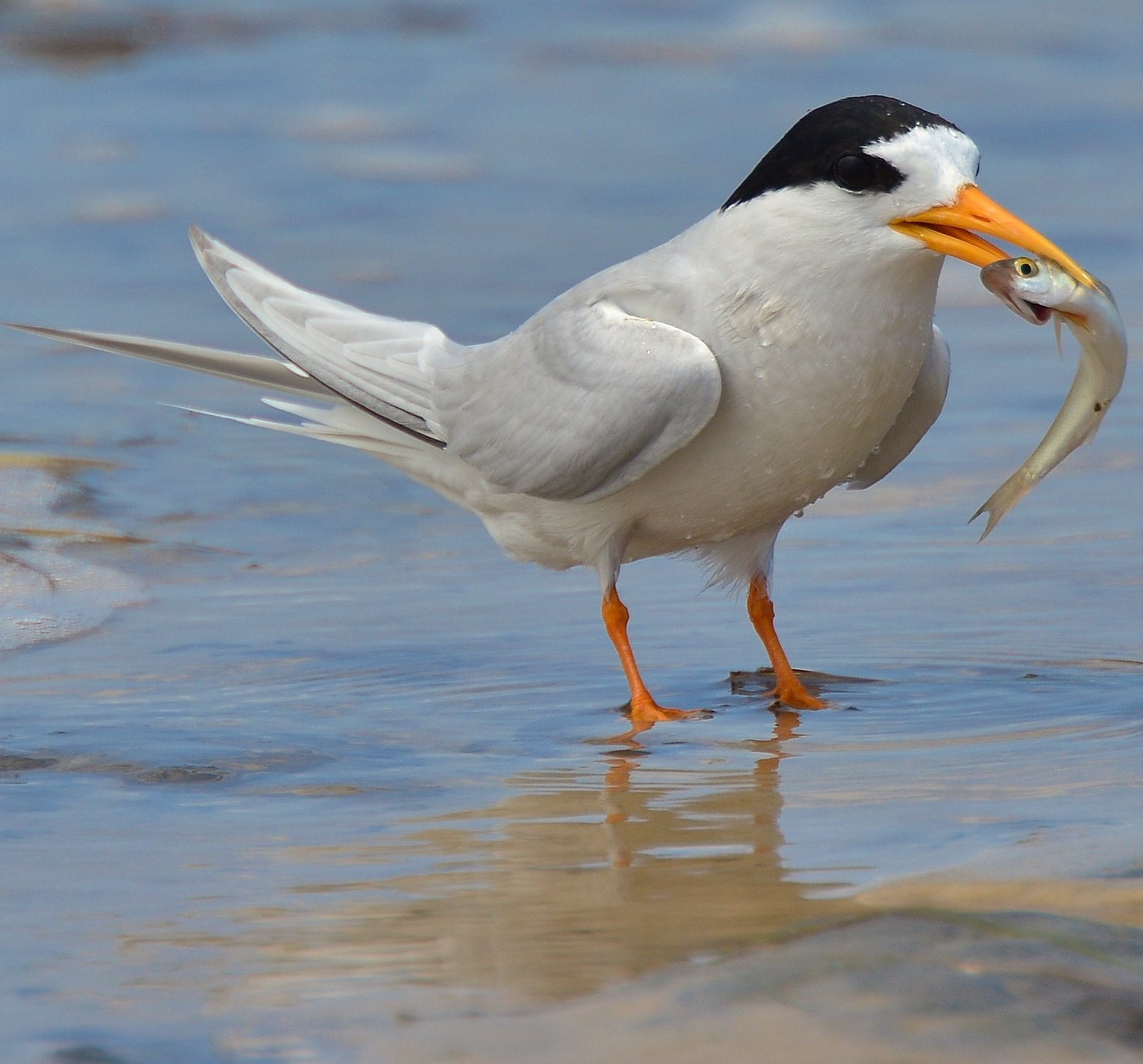
Wildlife Story Soundscape
In this lesson students will create soundscapes, using instruments or by creating their own sounds, in response to an animal story. The soundscape will be used to communicate both the changing mood of the story and some of the sounds heard.
Levels: 2-3

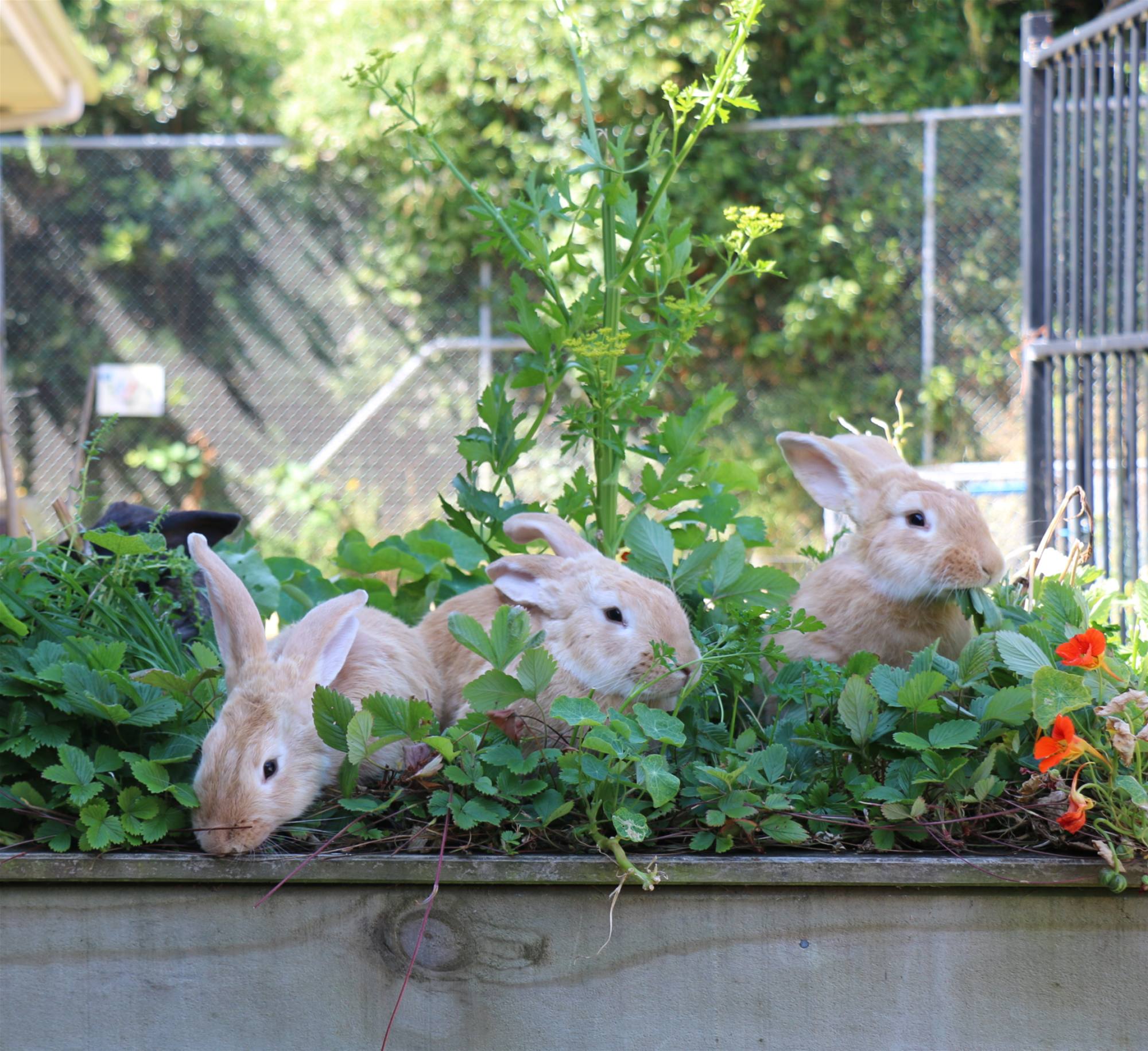
School Garden
This lesson can be used as part of the planning phase in a variety of school gardening projects. It encourages students to consider how gardens can be made more animal and insect friendly, then incorporate these animal and insect friendly elements into their garden design(s).
Levels: 2-4


Where Animal Food Products Come From
This lesson can be used as part of a unit related to healthy eating choices. It gives students the opportunity to consider how they can think about animal welfare if they choose to eat animal food products to provide them with protein as part of a balanced diet.
Level: 3

.jpg)
Dog Walking Routes - Level 3
This lesson can be used as part of a mathematics unit on position and orientation. It uses the context of dog walking to practise interpreting maps and giving and following directions.
Level: 3

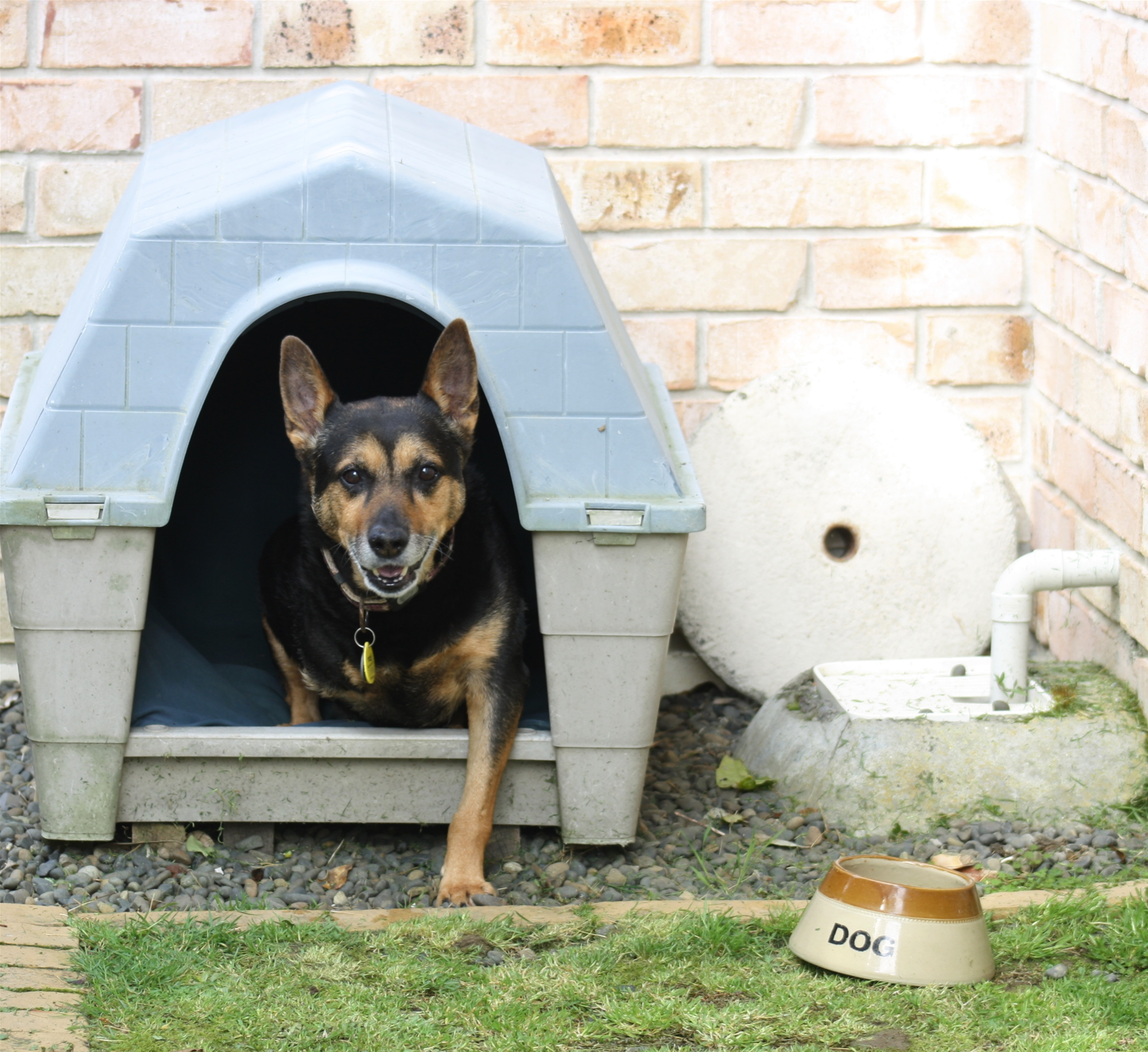
Te Wiki o te Reo Māori | Māori Language Week
This lesson can be used as part of Te Wiki o te Reo Māori (Māori Language Week) to support students’ learning of some of the words associated with animal welfare in te reo Māori.
Level: 3

Fireworks Poetry
This lesson can be used as part of your writing programme in the lead up to any celebrations involving fireworks (i.e. Chinese New Year, Guy Fawkes, Diwali) if you have chosen to do a series of activities related to that celebration with your students.
Levels: 3-4

.jpg)
Animals and War
This lesson can be used as part of a unit on World War One or as part of a series of lessons related to ANZAC Day and the war. It gives students the opportunity to consider what role animals played in the war and how their welfare was affected and cared for during this time.
Level: 4

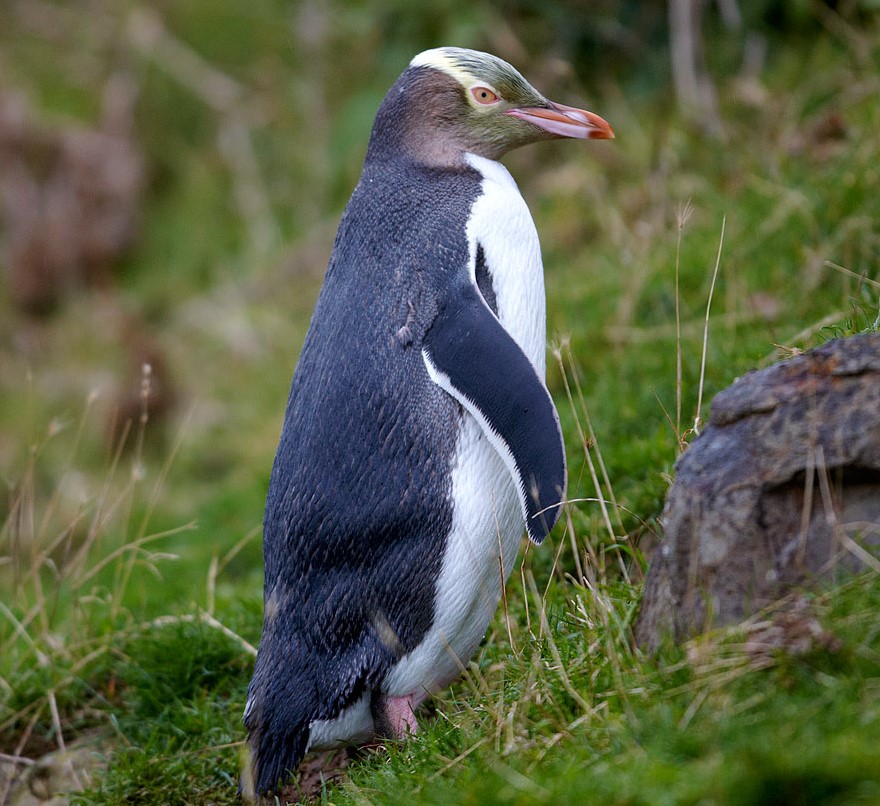
Protecting Our Native Species
This lesson can be used as part of a unit on conservation, biodiversity, native birds or sustainability. It gives students the opportunity to consider the human actions that have impacted on the habitats of our native species and how we can engage in positive conservation activities that focus on human actions, rather than the impact of other species.
Level: 4




 Supporting Resources
Supporting Resources Research Readings
Research Readings Home Learning
Home Learning Information for Families
Information for Families Early Learning
Early Learning Visit Website
Visit Website Success Stories
Success Stories Advice and Welfare
Advice and Welfare Latest News
Latest News
